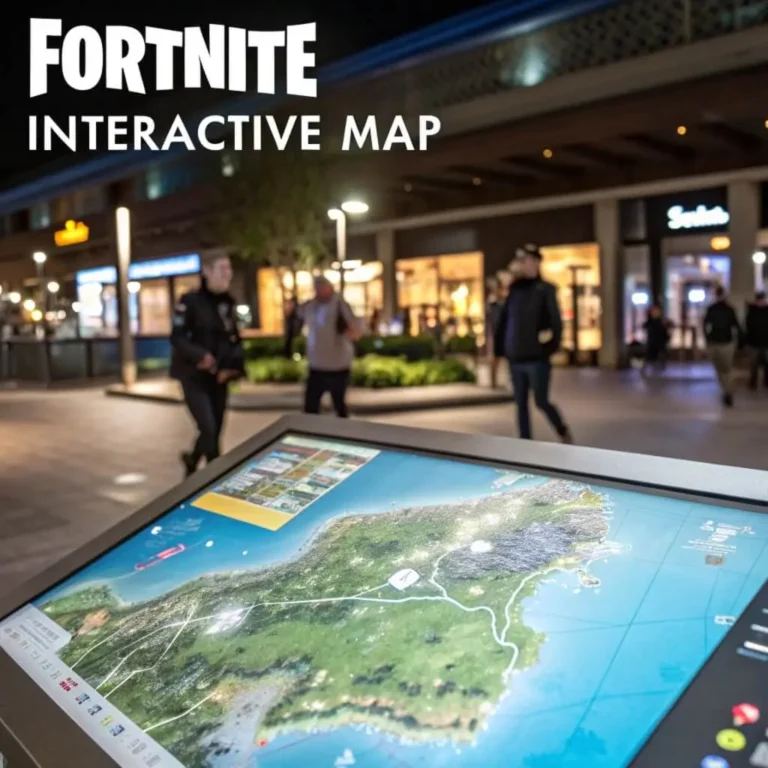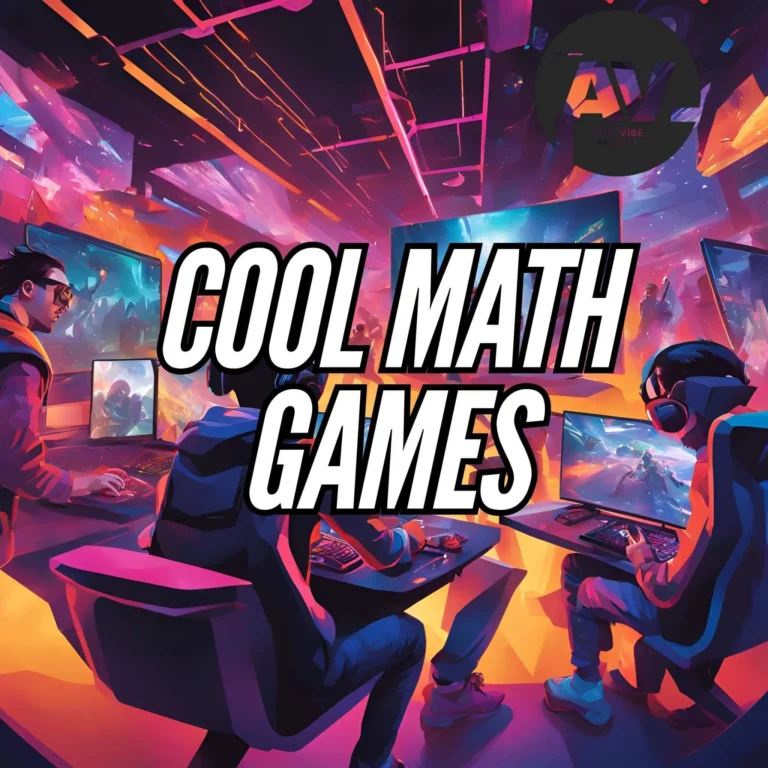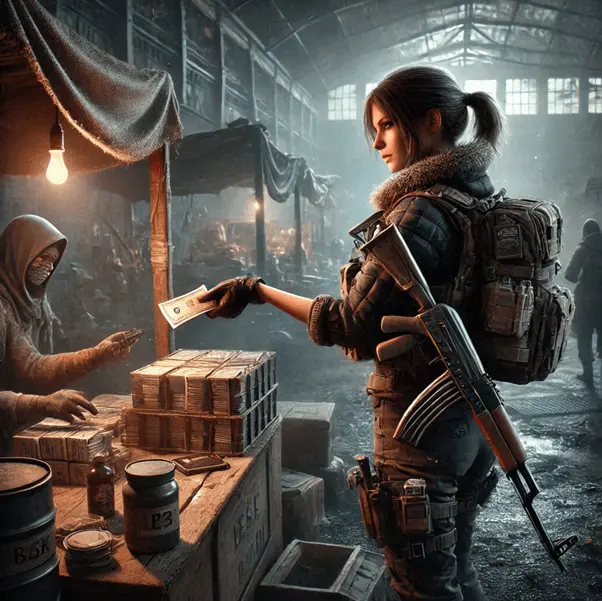Halo (2003) Game Icons and Banners
What does Halo (2003) Game Icons and Banners mean? The release of Halo: Combat Evolved in 2001 revolutionized the first-person shooter (FPS) genre, setting new standards for gameplay, storytelling, and visual identity. By 2003, with the game’s growing popularity, its game icons and banners became essential components in creating a distinct and lasting visual identity for the franchise. But what does Halo (2003) Game Icons and Banners mean?
Halo (2003) game icons and banners are visual elements that represent key gameplay aspects, such as weapons, factions, and objectives. They enhance the player experience by providing intuitive, futuristic designs that reflect the sci-fi setting, helping with navigation, strategy, and immersion in both single-player and multiplayer modes.
From the angular emblematic logo to the artistic banners used in promotion, these visual elements contributed significantly to Halo (2003) game icons banners, making them memorable and influential within the gaming community.In this article, we explore the design, evolution, and cultural impact of these Halo 2003 game icons banners, delving into how they shaped player immersion and became part of a larger gaming phenomenon.
Halo (2003) Game Icons and Banners
In Halo (2003) Game Icons and Banners were key elements that defined the game’s visual identity and enhanced the player experience. These graphical elements not only contributed to the immersive nature of the game but also played functional roles in gameplay, serving as quick references in the heat of battle.
1. Weapon Icons
Weapon icons were among the most significant visual components in the game, symbolizing both alien and human technology. From the plasma pistol to the MA5B assault rifle, each icon emphasized the unique properties and narrative importance of its corresponding weapon.
These symbols helped players quickly identify and react to weapons during intense combat, making them indispensable tools for fast decision-making.
2. Power-up Icons
Power-ups in Halo, such as overshield and active camouflage, granted temporary advantages, and their icons were designed to be instantly recognizable. The overshield icon, for example, represented extra protection with a shield symbol, while the active camouflage was depicted with a transparent icon to signal invisibility. These icons, often glowing or shaped uniquely, helped players quickly grasp their temporary abilities.
3. Vehicle Icons
Vehicles like the Warthog and Ghost were crucial to the gameplay, and their icons visually communicated their availability and role in battle. By marking vehicles on the map, these icons made it easier for players to transition between infantry and vehicular combat, adding strategic depth to the game.
4. Faction Icons
Faction emblems played a significant role in distinguishing teams, especially in multiplayer modes. The UNSC emblems, featuring eagles, represented humanity, while the Covenant symbols embodied the alien forces. These clear, bold designs allowed players to easily identify allies and enemies, even during chaotic battles.
5. Loading Screen Banners
Loading screen banners in Halo: Combat Evolved were more than just placeholders during transitions—they set the tone for the experience to come. Featuring key elements like Master Chief or the iconic Halo rings, these visuals immersed players in the expansive sci-fi universe, heightening anticipation before each mission.
6. Multiplayer Lobby Banners
In multiplayer lobbies, banners showcasing team emblems and famous in-game locations helped establish the competitive atmosphere. These banners reinforced team spirit or rivalry, making players feel like they were part of a larger conflict before the match even started.
7. Promotional Banners
Promotional banners played a crucial role in the game’s marketing. Featuring Master Chief against dramatic backgrounds, these banners became iconic representations of the Halo franchise. They conveyed the grandeur of the game’s world and promised epic sci-fi adventures, drawing in fans long before release.
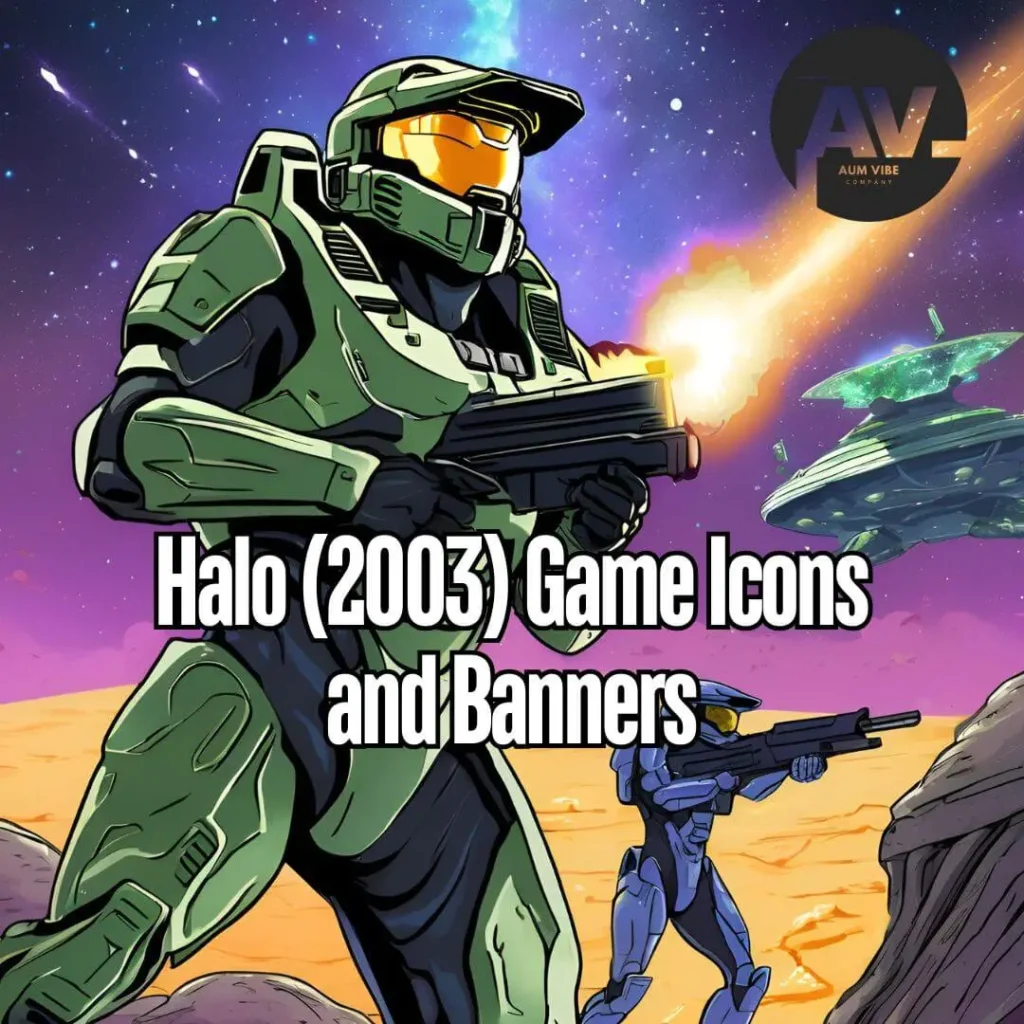
8. In-game Event Banners
During multiplayer events or key campaign moments, in-game banners marked territories or objectives. Often displaying UNSC or Covenant symbols, these visual markers added to the strategic elements of the game, encouraging players to focus on critical areas of the map.
9. Thematic Banners
Thematic banners tied into the game’s overarching narrative, emphasizing its militaristic tone or vast sci-fi scope. Whether in the single-player campaign or multiplayer modes, these banners kept players grounded in the world of Halo, reminding them of the larger implications of their actions.
The Rise of Halo game symbol: A Revolutionary FPS
A New Era for First-Person Shooters
The early 2000s saw the FPS genre dominated by classic titles like Doom and Quake, which emphasized fast-paced, multiplayer action. However, by 2001, the genre was ripe for innovation, and Halo: Combat Evolved emerged as a game-changer.
Released alongside the Xbox console, Halo brought immersive storytelling, rich sci-fi world-building, and complex gameplay mechanics that set it apart from its predecessors. Halo (2003) Game Icons and Banners became crucial in enhancing this experience, contributing to the overall look and feel of the game.
The Visual Identity of Halo 2003 Icons and Banners
From the moment players booted up the game, the iconic Halo logo and its banners were front and center, establishing a visual identity that would become synonymous with the franchise. These visual elements were not just cosmetic; they added depth to the player’s experience, contributing to the game’s appeal as both a product and a cultural symbol.
The Role of Halo (2003) Game Icons Banners
Understanding Halo’s Game Icons
Game icons in Halo represented various in-game elements such as characters, vehicles, weapons, and objectives. These symbols were displayed on the game’s user interface (UI), making them a functional and integral part of the gameplay experience. Halo (2003) Game Icons and Banners provided players with essential information quickly and efficiently, allowing them to navigate through menus and gameplay without being overwhelmed.
For example, a small image of the Master Chief’s helmet would signify the player’s save file, while a distinctive vehicle icon would appear in the UI when players approached a vehicle during gameplay. These icons were designed to be easily recognizable, making them essential tools for navigating the game’s complex world.
Key Elements of Halo’s Game Icons:
- Simplicity and Recognition: The design philosophy behind Halo 2003 game icons focused on creating clean, minimalist images that were immediately identifiable.
- Color and Shape: The use of color palettes such as metallic blues and greens reinforced the game’s futuristic, sci-fi aesthetic, while simple shapes like circles and triangles represented unity and strength.
- Functionality: Icons were not just aesthetic elements; they served a functional purpose by offering players instant, easily accessible information in the midst of battle.
The Evolution of Icons Throughout the Series
As the Halo franchise progressed, the design of its icons also evolved. While the original Halo (2003) game icons were simplistic and functional, later iterations in titles such as Halo 2 and Halo Infinite became more polished and detailed, reflecting advances in game design and technology. However, despite these changes, the original icons from Halo (2003) remain a nostalgic and iconic part of the game’s legacy.
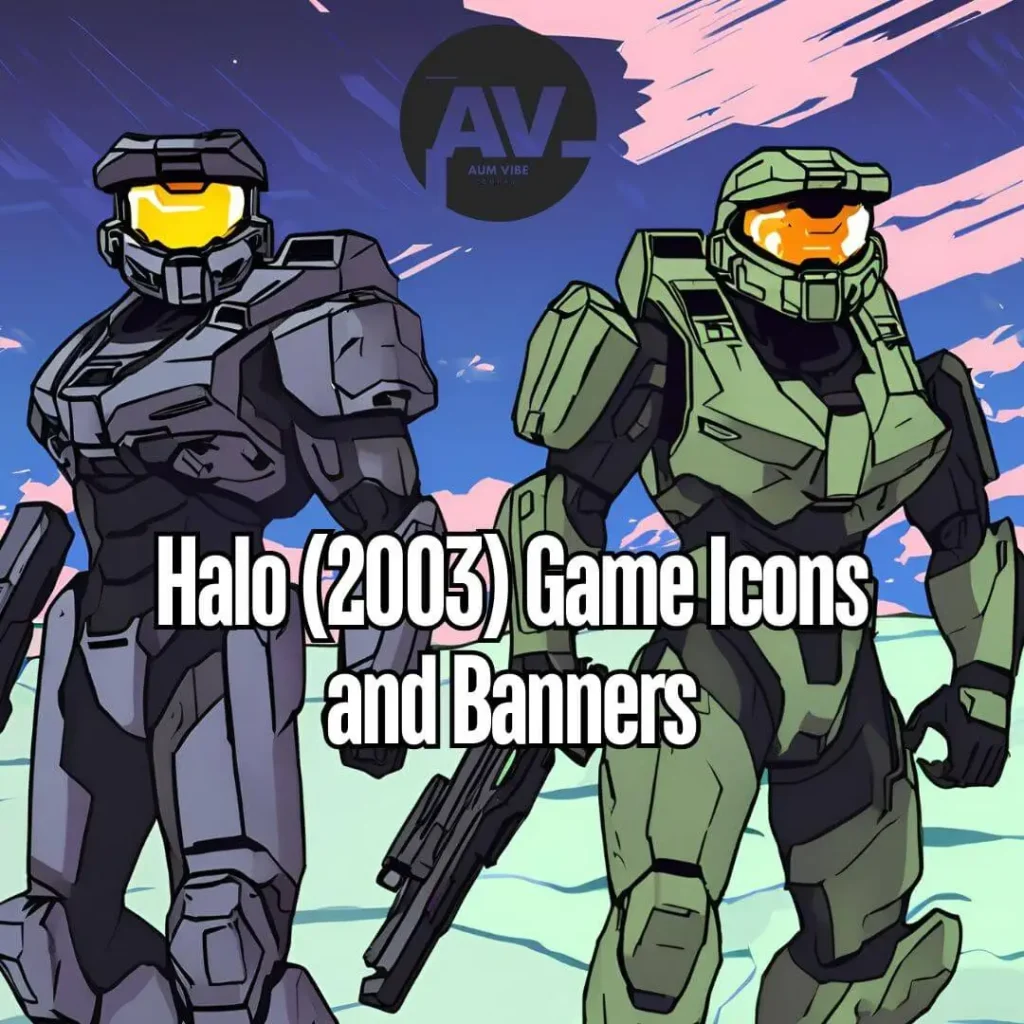
The Importance of Game Icons and Banners in Halo (2003)
Game Banners
Game banners are larger visual elements used to convey key themes, moods, and branding for the game. In the context of Halo (2003) game icons banners, these images were often seen in menus, loading screens, and promotional materials. They helped to immerse players in the game’s sci-fi universe, providing context and atmosphere while also serving as navigational tools.
The Design and Role of Banners in Halo (2003)
The banners in Halo (2003) were meticulously designed to match the game’s tone and theme. Whether it was the futuristic Halo ring or the grim visages of the Covenant enemies, the banners helped to convey the epic scale and high-stakes drama of the game. Beyond the gameplay, these banners were used extensively in the marketing of the game, appearing on websites, in gaming magazines, and on retail displays.
Key Features of Halo Banners:
- Mood Setting: Banners often set the emotional backdrop for the game, using colors and imagery to establish tension, excitement, or awe.
- Navigation Assistance: Within the game, banners helped players move through menus, serving as both aesthetic and practical elements.
- Visual Continuity: The consistent design of banners across different menus and screens helped reinforce the overall visual identity of Halo (2003).
Iconic Banners from Halo (2003)
Several banners from Halo (2003) stand out for their memorable designs. The main menu banner featuring Master Chief against a backdrop of war-torn landscapes is one such example. This imagery not only captured the game’s sense of heroism and struggle but also became iconic in its own right, being used in multiple forms of media, from posters to collector’s items.
You may also like: MyFlexBot App
The Cultural Impact of Halo’s Icons and Banners – Halo Symbols
A Lasting Legacy in Gaming
The visual elements of Halo (2003) game icons banners became cultural symbols in their own right, extending far beyond the game itself. Over time, these visual assets contributed to the rise of fan art, cosplay, and other forms of community engagement. The recognizable icons and banners became badges of pride for gamers, symbolizing their connection to the Halo universe.
Fan Creations and Customization
Fans of Halo took the franchise’s visual identity to new levels, creating their own versions of the game’s icons and banners. Whether through custom-made icons for multiplayer profiles or banners used in online forums, the creative engagement from the Halo community helped to solidify the cultural importance of these visual elements. In many ways, Halo (2003) Game Icons and Banners became a shared language for the game’s fanbase, allowing them to express their love for the franchise.
Merchandise and Collectibles
The success of Halo’s visual identity extended into merchandise, with the game’s logos, icons, and banners being used on everything from action figures to clothing. The Halo community could purchase these items as tangible representations of their love for the game, further cementing the significance of these visual assets in popular culture.
Evolution of Halo’s Icons and Banners in Later Titles
Changes in Design and Technology
As gaming technology advanced, so too did the design of Halo’s visual assets. Later titles in the series introduced more detailed and dynamic icons and banners, with higher-resolution images and more intricate designs. However, despite these updates, many players continue to appreciate the simplicity and nostalgia of the original Halo (2003) game icons banners, which remain beloved for their clean lines and minimalist appeal.
Comparing Halo (2003) Game Icons and Banners to Modern Visuals
While modern games often boast more complex and detailed visual elements, the clean design of Halo 2003 game icons banners holds a timeless appeal. In an era where simplicity often takes a backseat to elaborate visuals, the original designs of Halo (2003) still resonate with players, offering a sense of nostalgia and elegance that newer games may lack.
Frequently Asked Questions – FAQs – Halo (2003) Game Icons Banners
What are Halo 2003 Game Icons and Banners?
Game icons in Halo (2003) are visual symbols used to represent characters, vehicles, weapons, and other in-game elements. They are essential for providing players with quick, easy-to-understand information.
How do banners enhance the gameplay experience in Halo (2003)?
Banners help set the mood, guide players through menus, and create an immersive environment, enhancing the overall gameplay experience.
Who designed the Halo logo?
The iconic Halo logo was designed by Sean “Shiny” Bradley, with assistance from Ryan Payne of Bungie, representing the game’s sci-fi themes and futuristic setting.
What role do fan-made icons and banners play in Halo’s legacy?
Fan-made icons and banners contribute to Halo’s cultural impact, allowing players to express their love for the franchise through creative customization.
How have the icons and banners evolved in later Halo games?
While the design of icons and banners has become more detailed and polished in later games, the original designs from Halo (2003) remain iconic for their simplicity.
How do Halo’s banners contribute to marketing?
Halo’s banners are used in promotional materials to attract players, showcasing key characters and dramatic scenes that reflect the game’s themes.
What is the significance of the Master Chief’s helmet in Halo icons?
The Master Chief’s helmet is a symbol of heroism and strength, often used in game icons to represent various in-game elements, such as save files and multiplayer menus.
How do Halo’s icons and banners compare to modern game visuals?
While modern game visuals are often more detailed, the simplicity and recognizability of Halo’s original icons and banners continue to hold a unique appeal.
Can players customize icons in Halo (2003)?
While players could not customize icons in the original Halo (2003), later games introduced customization options for multiplayer profiles.
Where can I find Halo merchandise featuring game icons and banners?
Halo merchandise, including items featuring the game’s iconic banners and logos, can be found in official stores, online retailers, and at gaming conventions.
Do Halo 2003 game icons affect gameplay mechanics?
Yes, Halo 2003 game icons play an essential role in guiding players through menus and providing quick visual references during gameplay.
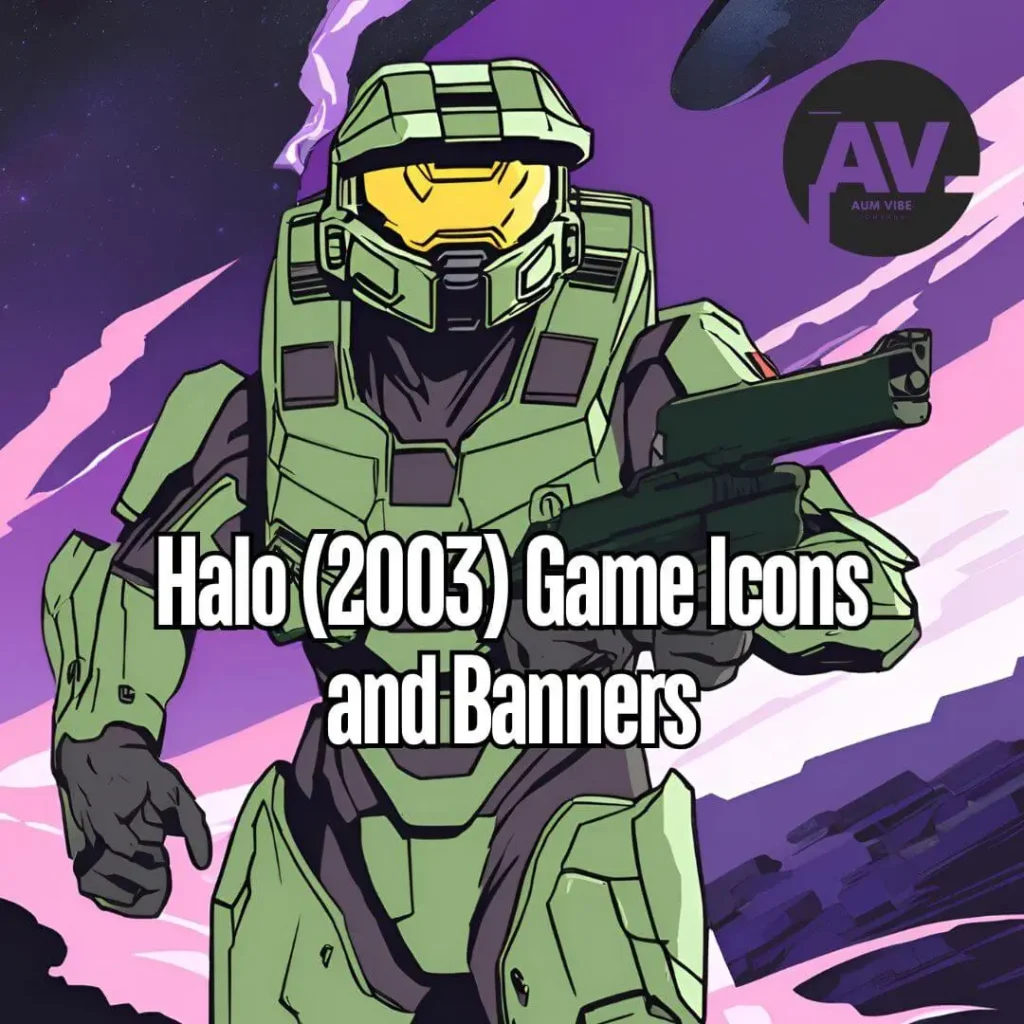
Conclusion – Halo (2003) Game Icons and Banners
The Halo (2003) game icons banners are more than just visual elements; they are an integral part of the game’s legacy, contributing to its lasting impact on gaming culture.
Their clean, recognizable designs set the standard for visual identity in the FPS genre, while their evolution over time demonstrates the franchise’s ability to innovate while staying true to its roots.
For fans and players alike, these icons and banners represent a connection to one of the most influential games in history, a reminder of the power of design in shaping the gaming experience.
